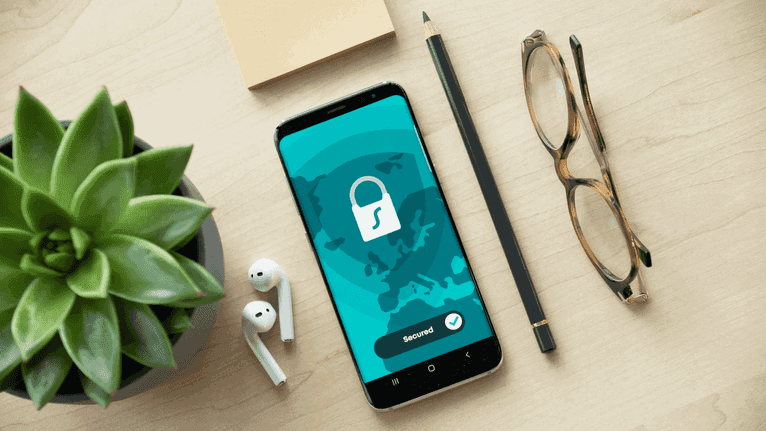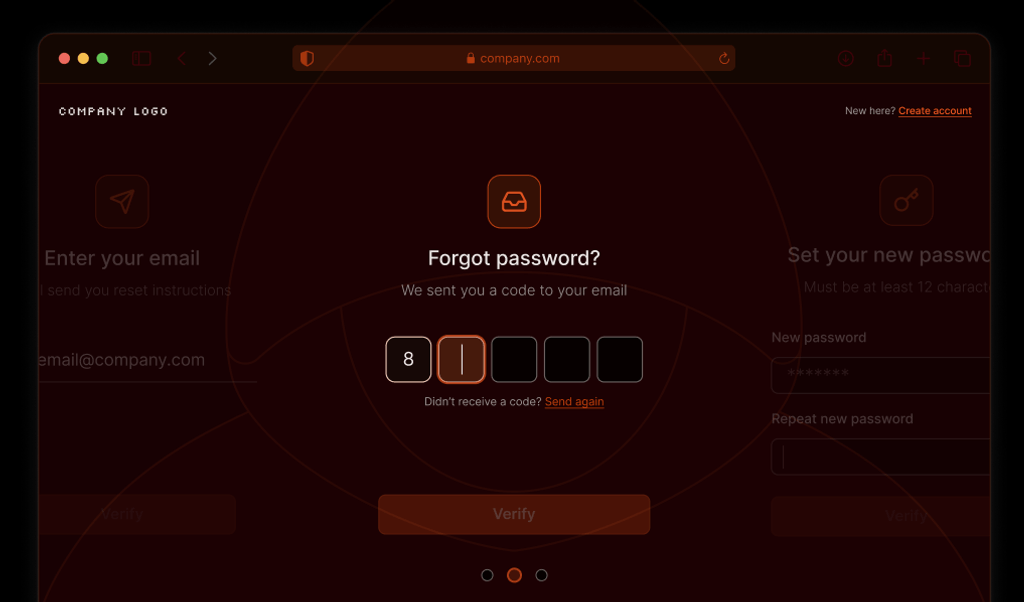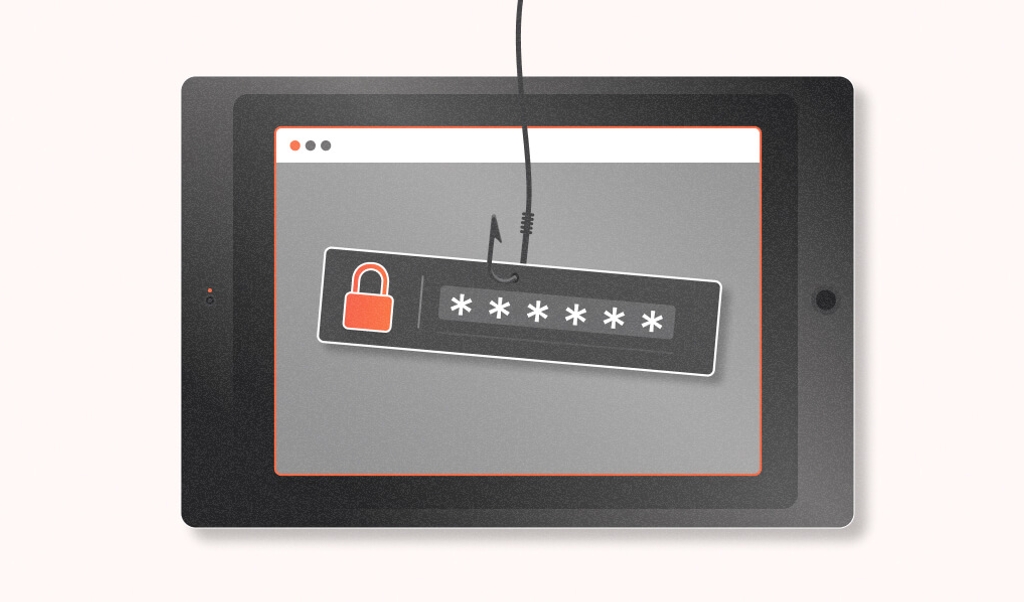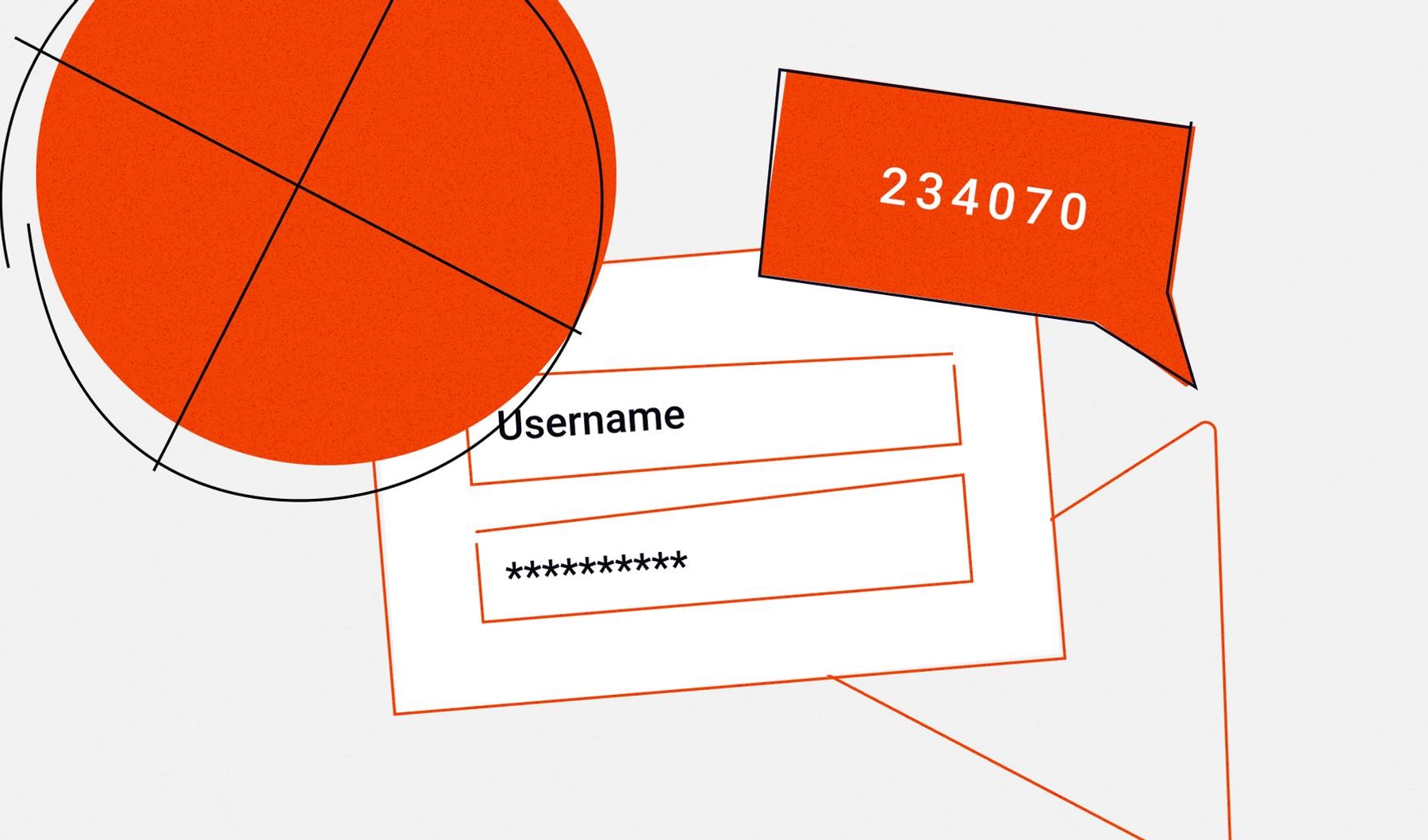
Businesses and individuals face a new challenge — the rising urgency of cybersecurity as reports of cyberattacks continue to increase and target those who are vulnerable.
Cybercrime shot up by 600% during the COVID-19 pandemic. Responding to cyber threats isn’t easy, but it’s indispensable. Companies can experience cyberattacks at any time, which can cost them significant damages. From an individual’s perspective, it only takes one attack to have a person’s identity stolen, data hacked, or finances drained to cyber threats. Companies can similarly suffer irreparable damage to their reputation from a major security breach.
Therefore, from the corporate to the personal level, everyone should be on the lookout for emerging trends in cybersecurity.
Trends in cybersecurity in the coming years
Based on 2021 trends in cybersecurity, hackers and malware change with time. Technology and mitigation techniques are improving with time too, but people and companies need to act on these solutions.
What are the trends to look out for in cybersecurity, and how can we adapt to these rising issues? Here are 6 cybersecurity trends that affect us all and some key takeaways.
Increased demand for cybersecurity experts
Organizations will have to act on rising cyber threats. Finding the best cybersecurity professional isn’t all that easy across industries, but recruiters are starting to determine critical skills.
More evidently today, an essential skill for cyber professionals is training other staff on best practices. Many of today’s cyberattacks target the individual instead of the entire corporation, so cybersecurity experts should teach every member of a company how to spot these attacks and respond to them correctly.
For anyone looking to get into this growing workforce, cybersecurity can be a great option. Find the best degree for cyber security, including programs like Software Engineering, Data Science, Computer Engineering, Information Technology, or other related courses.
Key principle: Hire a cybersecurity professional who can constantly cascade what they know to the rest of the team.
Upping the artificial intelligence and automation game
Looking at cybersecurity trends 2022 can prepare you on how to respond to them. To start, companies should look to automation and artificial intelligence to enhance security.
In fact, 47.3% of organizations report a medium to high level of security automation in 2020. This is higher than the 39% reported the year prior.
Take this point of view when approaching security technology — you could hire someone to watch over a property 24/7, but that person could have lapses (i.e. washroom breaks, distractions, etc.). So the best thing to do is equip that security personnel with technology like CCTV systems.
This also applies with cybersecurity. Artificial intelligence (AI) continues to play a crucial role in automating security systems online. These solutions replace human intervention by performing analysis on risk data faster and with more accuracy.
Key principle: Businesses should start investing in AI-based security systems to support cyber professionals and the rest of the company’s employees.
More focus on identity security and data privacy
One of the most common forms of cyber-attacks is identity threat, including identity theft or account takeovers. Cyber security threats that attack an employee or person’s identity will most likely try to access confidential information.
The simplest thing you can do is beef up security measures on passwords by requiring employees use complicated passwords or change them often. You should also start using multi-factor authentication as an added layer of defense from identity theft, account takeovers, or data breaches.
Multi-factor authentication (MFA for short) involves using additional authorization levels to secure access, including one-time authorization codes sent via email or SMS. Some companies also use facial recognition and fingerprint techniques to further bolster their identity and account protection with an additional layer of authentication.
Key principle: There’s never such a thing as too much security when it comes to protecting one’s login information.

Threats from the inside
Just as the fabled tale of the Trojan horse became the demise of an entire city, companies should be on the lookout for threats from inside the organization. 15% to 25% of security breach incidents had insiders and business partners involved.
Especially as virtual workplaces become more commonplace, companies should be careful when working with new or unvetted employees. For example, providing lower access to staff on probation or freelance or third-party suppliers is often a good practice.
Key principle. Perform internal checks to spot any internal threats that could cause significant cybersecurity issues.
Attacks on the cloud will continue
The rise of remote work has increased cloud service usage for data sharing, communication, and other necessary digital activities to keep companies productive despite being in different locations. Cloud service usage will continue to rise over the years as more companies commit to a virtual or hybrid work setup even after COVID-19 dies down.
Cloud services provide flexibility and scalability, but they’re also prone to cyber-attacks and threats. In 2020, data breaches happened on cloud systems more than on-premise storage. Accordingly, companies must take the necessary steps to protect cloud systems, data, and information.
Key principle: Look into all security points and measure to maintain confidentiality before making any workload migrations to avoid future data breaches. Orient all staff on best practices to maintain cloud service privacy and protection.
Phishing is still prevalent
Scammers continue to find different ways to steal people’s information through various phishing attacks.
For example, attackers often like to impersonate official personnel of banks or financial services companies to steal credit card information, login details to banking or e-wallet platforms and the like. There has also been an increasing occurrence of phishing attacks in the form of fake COVID-19 vaccination drives and e-commerce fraud that attack credit card users and owners by impersonating online shops to steal people’s information.
Key principle. To avoid falling prey to phishing sites, emails, and tactics, businesses need to improve their identity management as well as teach their employees about phishing strategies and how to spot them. Cyber professionals in organizations can stay on top of this by providing educational materials on what phishing tactics might usually look like so employees don’t become victims.
Proactivity is crucial in cybersecurity
Despite improving security measures, cybersecurity-related losses are estimated to reach $6 trillion by the end of 2021. But that doesn’t mean we are defenseless. Everyone has access to tools that could significantly eliminate any cyber threats, but it takes proactivity. So act on the trends and find solutions as they come by acting to every threat and investing time, energy, and resources into setting up security measures and infrastructure.



